PPT-Your Place or Mine?
Author : phoebe-click | Published Date : 2019-12-07
Your Place or Mine Attribution of receipts from services and intangibles for apportionment Purposes John A Swain Chester H Smith Professor of Law University of Arizona
Presentation Embed Code
Download Presentation
Download Presentation The PPT/PDF document "Your Place or Mine?" is the property of its rightful owner. Permission is granted to download and print the materials on this website for personal, non-commercial use only, and to display it on your personal computer provided you do not modify the materials and that you retain all copyright notices contained in the materials. By downloading content from our website, you accept the terms of this agreement.
Your Place or Mine?: Transcript
Download Rules Of Document
"Your Place or Mine?"The content belongs to its owner. You may download and print it for personal use, without modification, and keep all copyright notices. By downloading, you agree to these terms.
Related Documents

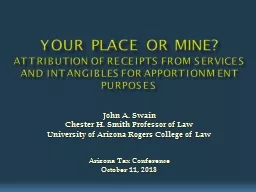

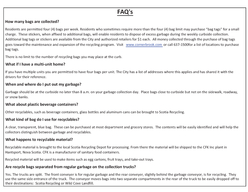



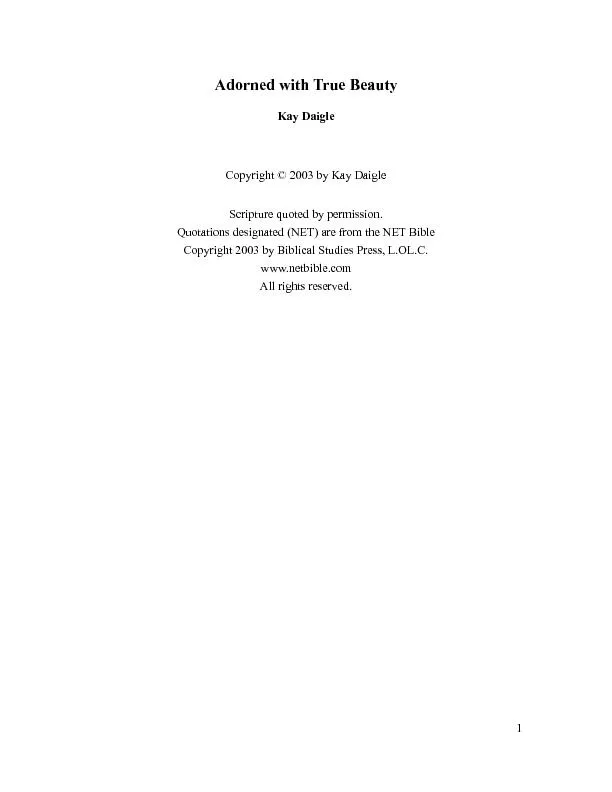



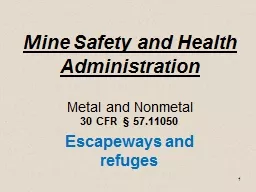

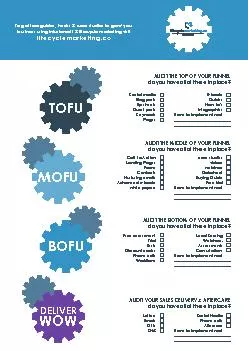
![[DOWNLOAD] Mine Finder puzzles for teens part 2: With 80 More New Fun Exciting thrilling](https://thumbs.docslides.com/1005378/download-mine-finder-puzzles-for-teens-part-2-with-80-more-new-fun-exciting-thrilling-mine-finder-games-we-have-here-for-you-to-try-64a28f61d3426.jpg)